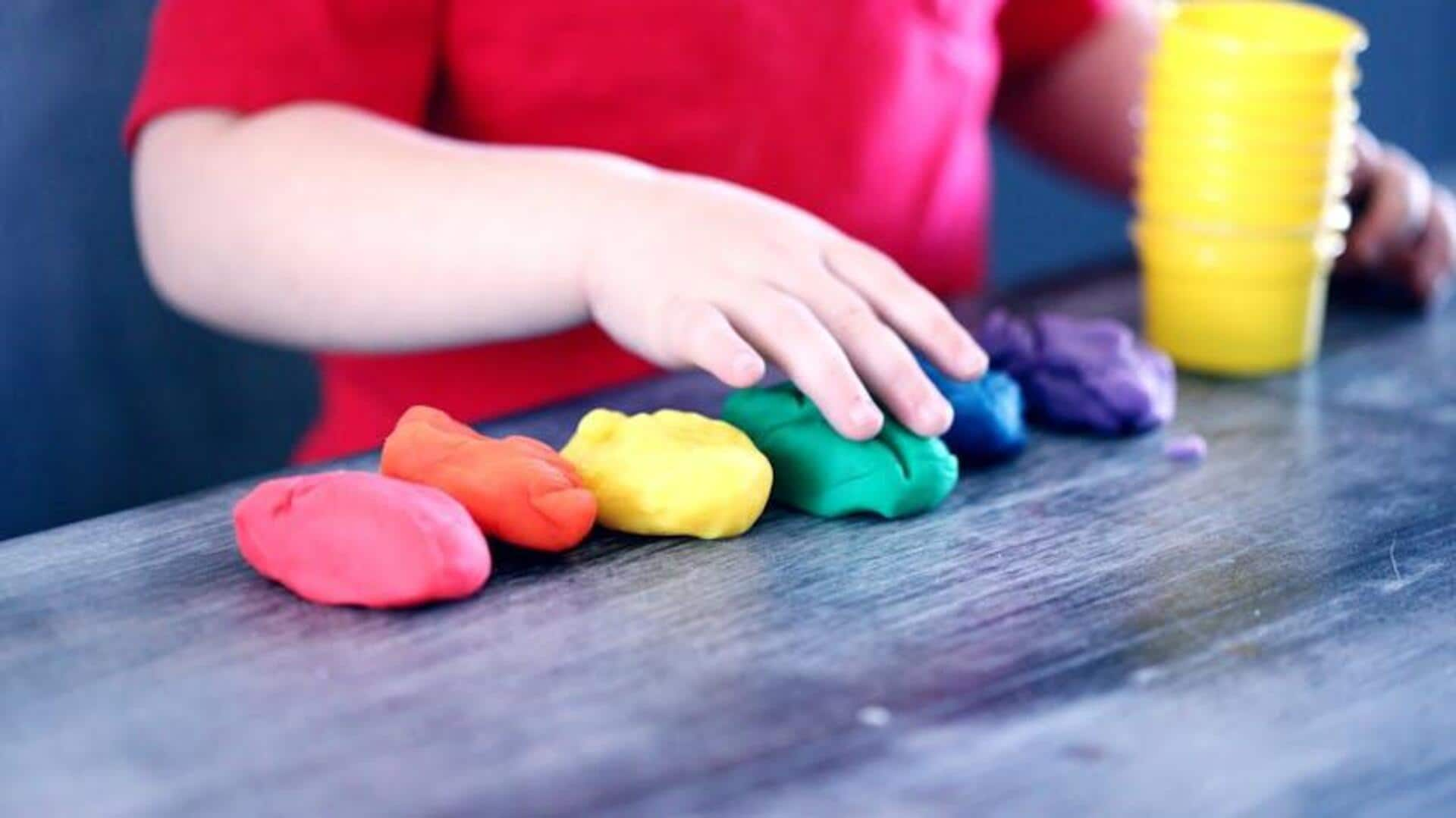
Fun ways to improve your kid's problem-solving skills
What's the story
Art projects can be an effective way to hone problem-solving skills in kids. Working on creative projects prompts kids to think critically, explore solutions, and communicate their thoughts visually. Not only do these projects stimulate creativity, they also improve cognitive skills by pushing young minds to view tasks from multiple perspectives. Here are five such art projects to develop problem-solving skills in kids, pushing them to think outside the box and develop innovative solutions.
Project 1
Collaborative mural creation
Collaborative mural creation refers to a team of children coming together to design and paint a large-scale artwork. This project calls for communication, negotiation, and compromise as they determine themes, colors, and elements to incorporate. By collaborating with peers, children learn how to blend different ideas into a cohesive piece while resolving any conflicts that come up in between.
Project 2
Recycled material sculptures
The idea of creating sculptures from recycled materials challenges kids to see potential in everyday objects. They have to figure out how to assemble disparate items into a stable structure while keeping balance and aesthetics in mind. This project also encourages resourcefulness as kids experiment with various materials and techniques to achieve their artistic vision.
Project 3
Puzzle piece artworks
Puzzle piece artworks involve children designing their own piece, which, when put together, forms a bigger picture. Every child has to carefully plan their piece to make sure it fits perfectly with the rest. This activity enhances spatial awareness and critical thinking, as participants analyze how each shape works with the whole. It deepens understanding of visual and spatial relationships.
Project 4
Storytelling through comics
The idea of storytelling through comics enables kids to tell stories through panels of sequential art. They have to come up with characters, plotlines, and dialogues, while maintaining clarity between frames. This project promotes logical thinking as children weave their stories together coherently, while also fixing narrative gaps or inconsistencies.
Project 5
Shadow box dioramas
Shadow box dioramas involve building three-dimensional scenes inside enclosed boxes using different materials such as paper cutouts or small objects. Kids have to plan layouts taking depth perception and layering effects into consideration for visual impact. Problem-solving takes charge when deciding how to arrange the elements best within limited space constraints effectively.